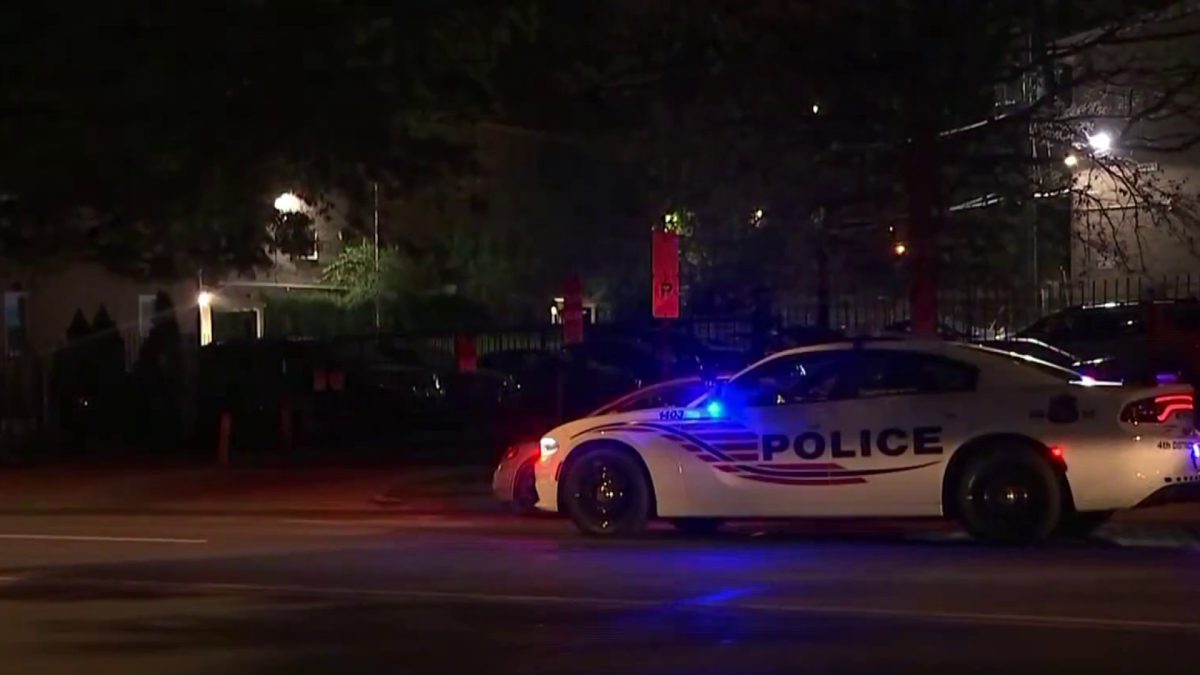More than 60,000 low-income Washington, D.C.-area students are skipping school lunch each day, forgoing a free or reduced-price meal provided by taxpayers, according to a review of school district records by the News4 I-Team.
Local school districts are losing access to millions of dollars in federal subsides each month because of it. And some low-income children, who have limited access to balanced meals at home, are missing an opportunity to eat a nourishing meal at no cost.
The News4 I-Team investigation found approximately 24,000 low-income students are skipping lunch each day in Prince George’s County. Nearly 13,000 in Montgomery County, 4,000 in Frederick County, 4,600 in Prince William County and 7,600 in Fairfax County are doing the same.
School district officials said they lose access to $3 in U.S. Department of Agriculture reimbursements each and every time a low-income student forgoes taking a free-priced meal, which includes at least three pieces of food, including a fruit or vegetable. According to the records obtained by the I-Team, approximately $180,000 in USDA funding is surrendered each day.
View Where are Students Not Eating Free Lunch? in a full screen map
Food service directors in Montgomery, Prince George’s, Frederick and Prince William county schools said newer, stiffer federal requirements for school lunch menus are contributing to the shortfall of student participation in lunch programs. A review by the Government Accountability Office said newly imposed federal rules, requiring healthier food options, can increase cost and decrease portion size. The report from the GAO said, in multiple school districts, “Negative student reactions to lunches that complied with the new meat and grain portion size limits directly affected program participation in their districts.”
Local
Washington, D.C., Maryland and Virginia local news, events and information
Marla Caplon, food services director for Montgomery County Public Schools, said public school lunch programs are also hampered by social pressures. Caplon said, “Sometimes it’s just not cool to be in the cafeteria.” The Government Accountability Office review of public school meal programs said breakfasts and lunches also suffer a “stigma”, in which participating students are mistakenly or unfairly assumed to be “low-income” and needy.
Caplon said school operations become increasingly expensive, when students fail to show for free meals. The federal subsidies, she said, are used to offset the costs of staff and expensive menu items, including fresh fruit.
A News4 I-Team review found Washington, D.C.-area school cafeterias are also suffering from competition from nearby fast-food operations and restaurants. About a dozen local high schools allow “open-campus” privileges for students, which frees students to leave school at lunch and instead buy food elsewhere. Dozens of students were seen at Montgomery County’s Rockville Town Center during a lunch hour in May, including several eating pizza and sandwiches in outdoor cafes.
Caplon said, “It’s much cooler to go to a fast-food establishment or a convenience store, to pay a whole lot more.”



